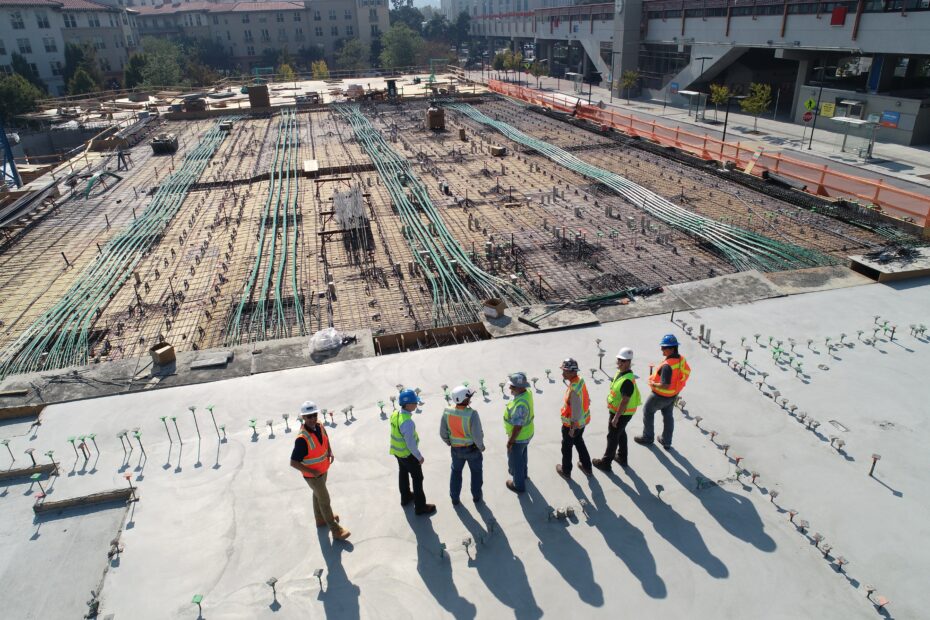Effective project document management is crucial in construction and engineering to ensure success. Also, understanding the documentation landscape is equally important to minimise risks, increase efficiency, and ensure compliance with legal and regulatory requirements.
This article describes the importance of understanding the documentation landscape in the construction and engineering industry and the different types of commonly used documents.
Firstly, drawings are graphical representations of designs, schematics, plans, and layouts, including architectural, engineering, and construction drawings. Drawings are necessary for communicating design intent and specifications to stakeholders, including project managers, contractors, and subcontractors.
Secondarily, specifications provide detailed information about the materials, equipment, methods, and standards required for a project. These documents help ensure the project meets the required quality, safety, and performance standards.

The management of documentation is essential for compliance
Additionally, contracts outline the legal and financial obligations of the parties involved in a project, including owners, contractors, and subcontractors. Contracts establish the scope of work, schedule, and budget for the project and provide a framework for resolving disputes.
Furthermore, engineers use RFIs (Requests for Information) to request additional information or clarification on a specific issue related to a project. RFIs ensure all stakeholders have the information they need to make informed decisions.
In addition, document controllers use transmittals to transmit project documents to stakeholders and ensure they know the latest versions. Effective management of transmittals can minimise confusion and reduce the risk of errors or inconsistencies.
Moreover, project teams use change orders to request project scope, schedule, or budget changes. Change orders ensure that the project stays on track and meets the requirements of all stakeholders. If any changes occur, the original designs must be customised, and the relevant variations will be implemented in the scope documents.
On the other hand, contractors use submittals to demonstrate that they have met the project requirements. Effective management of submittals can ensure that the project stays on schedule and meets all quality and performance standards.
Consider document archiving
Inspection reports, which encapsulate the results of inspections and tests performed during construction, ensure that the project meets all quality and safety standards.
On the other hand, certificates provide evidence that specific standards have been met, such as certificates of completion, certificates of occupancy, and certificates of insurance. Effective management of certificates ensures that the project complies with all legal and regulatory requirements.
Furthermore, meeting minutes record the discussions, decisions, and actions taken during meetings related to the project. Meeting minutes ensure all stakeholders know the project status and progress, including any decisions made or actions taken. Having access to meeting notes also creates an opportunity to develop relevant training.
Correspondence includes letters, emails, and other written communications related to the project. Effective correspondence management ensures that all stakeholders know the project status and progress and provides a method to record receipt and acknowledgement.
Learning and development
Manuals provide instructions and guidelines for operating and maintaining equipment, systems, and facilities. Effective management of manuals ensures that the project runs efficiently and meets all performance standards.
Finally, permits and approvals are issued by regulatory agencies to grant permission to proceed with specific activities or to approve plans and designs. Effective use of work permits and construction approvals ensures the programme complies with all legal and regulatory requirements in all completeness.
In conclusion, understanding the documentation landscape in the construction and engineering industry is essential for project success. The documents used in the industry include drawings, specifications, contracts, RFIs, transmittals, variations, submittals, inspection reports, certificates, minutes and approvals.
Effective management of these documents minimises risks, increases efficiency, and ensures compliance with legal and regulatory requirements.
